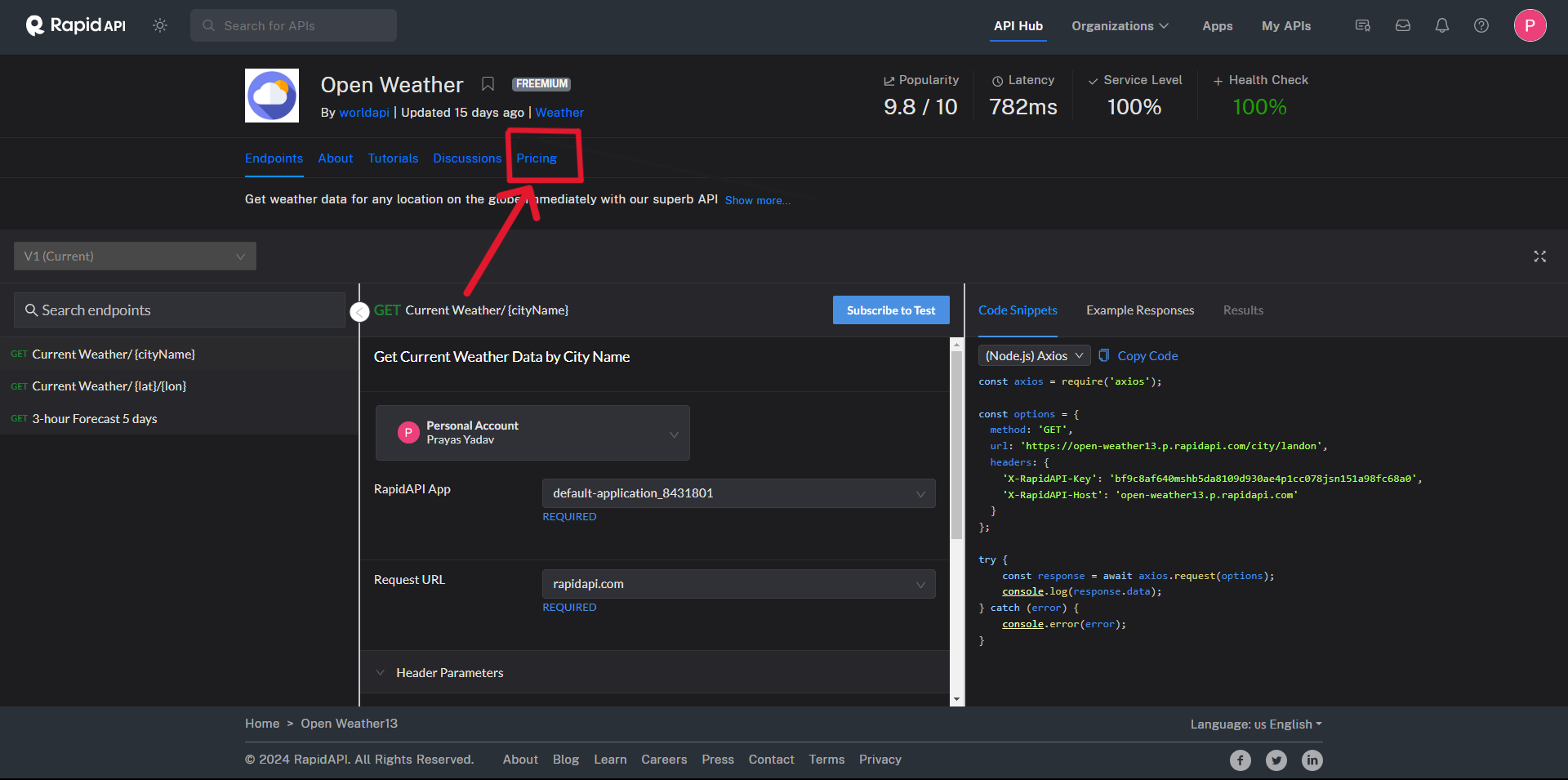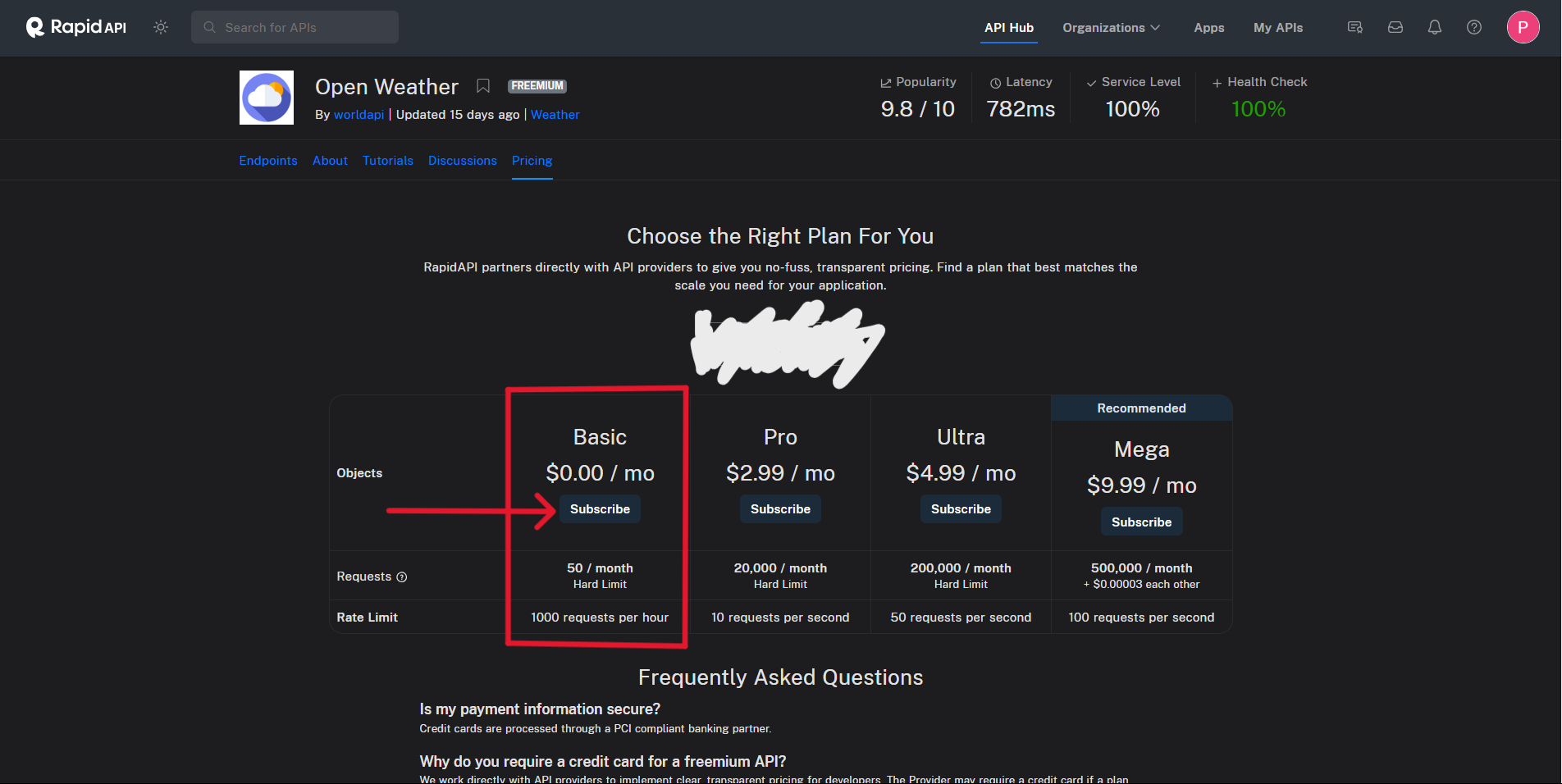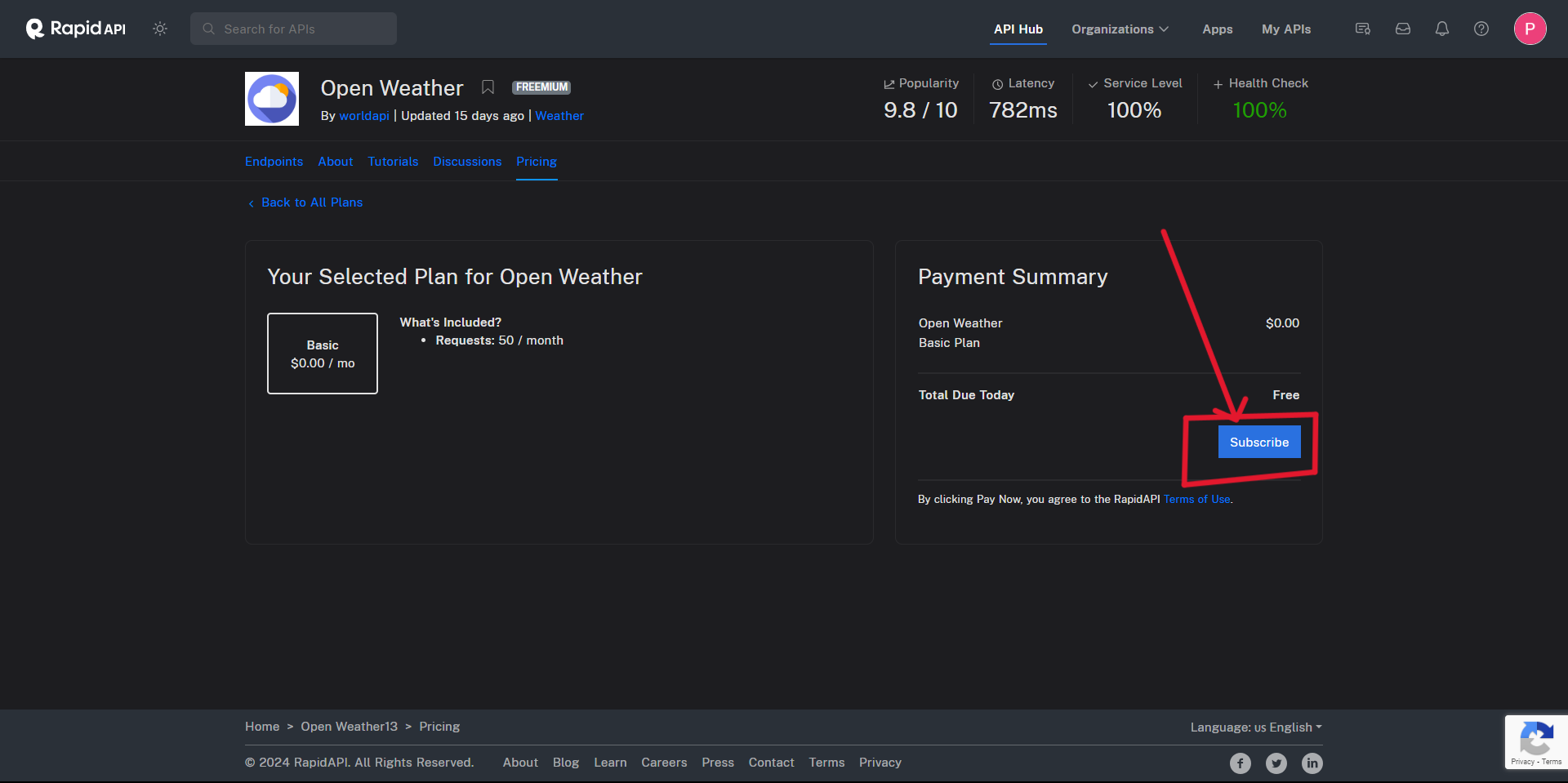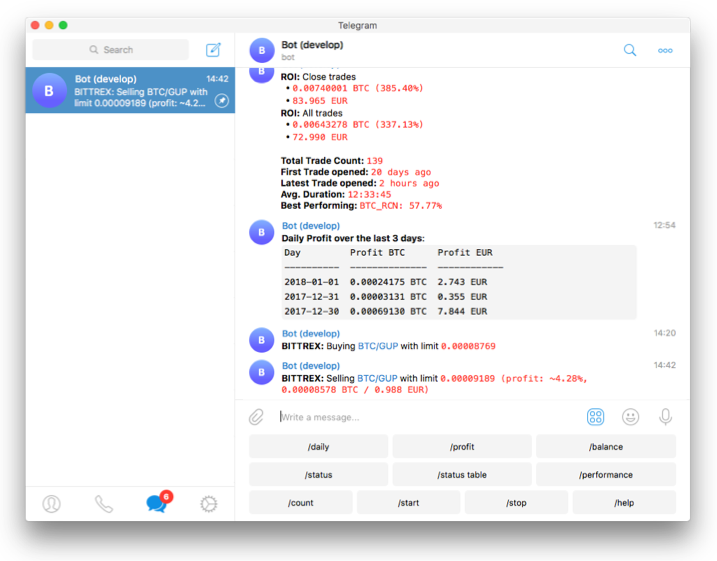
mongoose-fuzzy-searching is simple and lightweight plugin that enables fuzzy searching in documents in MongoDB. This code is based on this article.
- Features
- Install
- Getting started
- Query parameters
- Working with pre-existing data
- Testing and code coverage
- License
- Creates Ngrams for the selected keys in the collection
- Add fuzzySearch method on model
- Work with pre-existing data
Install using npm
$ npm i mongoose-fuzzy-searchingor using yarn
$ yarn add mongoose-fuzzy-searchingBefore starting, for best practices and avoid any issues, handle correctly all the Deprecation Warnings.
In order to let the plugin create the indexes, you need to set useCreateIndex to true. The below example demonstrates how to connect with the database.
const options = {
useNewUrlParser: true,
useUnifiedTopology: true,
useFindAndModify: false,
useCreateIndex: true,
};
mongoose.Promise = global.Promise;
return mongoose.connect(URL, options);In the below example, we have a User collection and we want to make fuzzy searching in firstName and lastName.
const { Schema } = require('mongoose');
const mongoose_fuzzy_searching = require('mongoose-fuzzy-searching');
const UserSchema = new Schema({
firstName: String,
lastName: String,
email: String,
age: Number,
});
UserSchema.plugin(mongoose_fuzzy_searching, { fields: ['firstName', 'lastName'] });
const User = mongoose.model('User', UserSchema);
module.exports = { User };const user = new User({ firstName: 'Joe', lastName: 'Doe', email: 'joe.doe@mail.com', age: 30 });
try {
await user.save(); // mongodb: { ..., firstName_fuzzy: [String], lastName_fuzzy: [String] }
const users = await User.fuzzySearch('jo');
console.log(users);
// each user object will not contain the fuzzy keys:
// Eg.
// {
// "firstName": "Joe",
// "lastName": "Doe",
// "email": "joe.doe@mail.com",
// "age": 30,
// "confidenceScore": 34.3 ($text meta score)
// }
} catch (e) {
console.error(e);
}The results are sorted by the confidenceScore key. You can override this option.
try {
const users = await User.fuzzySearch('jo').sort({ age: -1 }).exec();
console.log(users);
} catch (e) {
console.error(e);
}Options can contain fields and middlewares.
Fields attribute is mandatory and should be either an array of Strings or an array of Objects.
If you want to use the default options for all your fields, you can just pass them as a string.
const mongoose_fuzzy_searching = require('mongoose-fuzzy-searching');
const UserSchema = new Schema({
firstName: String,
lastName: String,
email: String,
});
UserSchema.plugin(mongoose_fuzzy_searching, { fields: ['firstName', 'lastName'] });In case you want to override any of the default options for your arguments, you can add them as an object and override any of the values you wish. The below table contains the expected keys for this object.
| key | type | default | description |
|---|---|---|---|
| name | String | null | Collection key name |
| minSize | Integer | 2 | N-grams min size. Learn more about N-grams |
| weight | Integer | 1 | Denotes the significance of the field relative to the other indexed fields in terms of the text search score. Learn more about index weights |
| prefixOnly | Boolean | false | Only return ngrams from start of word. (It gives more precise results) |
| escapeSpecialCharacters | Boolean | true | Remove special characters from N-grams. |
| keys | Array[String] | null | If the type of the collection attribute is Object or [Object] (see example), you can define which attributes will be used for fuzzy searching |
Example:
const mongoose_fuzzy_searching = require('mongoose-fuzzy-searching');
const UserSchema = new Schema({
firstName: String,
lastName: String,
email: String,
content: {
en: String,
de: String,
it: String
}
text: [
{
title: String,
description: String,
language: String,
},
],
});
UserSchema.plugin(mongoose_fuzzy_searching, {
fields: [
{
name: 'firstName',
minSize: 2,
weight: 5,
},
{
name: 'lastName',
minSize: 3,
prefixOnly: true,
},
{
name: 'email',
escapeSpecialCharacters: false,
},
{
name: 'content',
keys: ['en', 'de', 'it'],
},
{
name: 'text',
keys: ['title', 'language'],
},
],
});Middlewares is an optional Object that can contain custom pre middlewares. This plugin is using these middlewares in order to create or update the fuzzy elements. That means that if you add pre middlewares, they will never get called since the plugin overrides them. To avoid that problem you can pass your custom midlewares into the plugin. Your middlewares will be called first. The middlewares you can pass are:
- preSave
- stands for
schema.pre("save", ...)
- stands for
- preInsertMany
- stands for
schema.pre("insertMany", ...)
- stands for
- preUpdate
- stands for
schema.pre("update", ...)
- stands for
- preUpdateOne
- stands for
schema.pre("updateOne", ...)
- stands for
- preFindOneAndUpdate
- stands for
schema.pre("findOneAndUpdate", ...)
- stands for
- preUpdateMany
- stands for
schema.pre("updateMany", ...)
- stands for
If you want to add any of the middlewares above, you can add it directly on the plugin.
const mongoose_fuzzy_searching = require('mongoose-fuzzy-searching');
const UserSchema = new Schema({
firstName: String,
lastName: String,
});
UserSchema.plugin(mongoose_fuzzy_searching, {
fields: ['firstName'],
middlewares: {
preSave: function () {
// do something before the object is saved
},
},
});Middlewares can also be asynchronous functions:
const mongoose_fuzzy_searching = require('mongoose-fuzzy-searching');
const UserSchema = new Schema({
firstName: String,
lastName: String,
});
UserSchema.plugin(mongoose_fuzzy_searching, {
fields: ['firstName'],
middlewares: {
preUpdateOne: async function {
// do something before the object is updated (asynchronous)
}
}
});The fuzzy search query can be used either as static function, or as a helper, which let’s you to chain multiple queries together. The function name in either case is surprise, surprise, fuzzySearch.
Instance method can accept up to three parameters. The first one is the query, which can either be either a String or an Object. This parameter is required.
The second parameter can either be eiter an Object that contains any additional queries (e.g. age: { $gt: 18 }), or a callback function.
If the second parameter is the queries, then the third parameter is the callback function. If you don’t set a callback function, the results will be returned inside a Promise.
The below table contains the expected keys for the first parameter (if is an object)
| key | type | deafult | description |
|---|---|---|---|
| query | String | null | String to search |
| minSize | Integer | 2 | N-grams min size. |
| prefixOnly | Boolean | false | Only return ngrams from start of word. (It gives more precise results) the prefix |
| exact | Boolean | false | Matches on a phrase, as opposed to individual terms |
Example:
/* With string that returns a Promise */
User.fuzzySearch('jo').then(console.log).catch(console.error);
/* With additional options that returns a Promise */
User.fuzzySearch({ query: 'jo', prefixOnly: true, minSize: 4 })
.then(console.log)
.catch(console.error);
/* With additional queries that returns a Promise */
User.fuzzySearch('jo', { age: { $gt: 18 } })
.then(console.log)
.catch(console.error);
/* With string and a callback */
User.fuzzySearch('jo', (err, doc) => {
if (err) {
console.error(err);
} else {
console.log(doc);
}
});
/* With additional queries and callback */
User.fuzzySearch('jo', { age: { $gt: 18 } }, (err, doc) => {
if (err) {
console.error(err);
} else {
console.log(doc);
}
});You can also use the query is a helper function, which is like instance methods but for mongoose queries. Query helper methods let you extend mongoose’s chainable query builder API.
Query helper can accept up to two parameters. The first one is the query, which can either be either a String or an Object. This parameter is required.
The second parameter can be an Object that contains any additional queries (e.g. age: { $gt: 18 }), which is optional.
This helpers doesn’t accept a callback function. If you pass a function it will throw an error. More about query helpers.
Example:
const user = await User.find({ age: { $gte: 30 } })
.fuzzySearch('jo')
.exec();The plugin creates indexes for the selected fields. In the below example the new indexes will be firstName_fuzzy and lastName_fuzzy. Also, each document will have the fields firstName_fuzzy[String] and lastName_fuzzy[String]. These arrays will contain the anagrams for the selected fields.
const mongoose_fuzzy_searching = require('mongoose-fuzzy-searching');
const UserSchema = new Schema({
firstName: String,
lastName: String,
email: String,
age: Number,
});
UserSchema.plugin(mongoose_fuzzy_searching, { fields: ['firstName', 'lastName'] });In other words, this plugin creates anagrams when you create or update a document. All the pre-existing documents won’t contain these fuzzy arrays, so fuzzySearch function, will not be able to find them.
In order to create anagrams for pre-existing documents, you should update each document. The below example, updates the firstName attribute to every document on the collection User.
const cursor = Model.find().cursor();
cursor.next(function (error, doc) {
const obj = attrs.reduce((acc, attr) => ({ ...acc, [attr]: doc[attr] }), {});
return Model.findByIdAndUpdate(doc._id, obj);
});In the previous example, we set firstName and lastName as the fuzzy attributes. If you remove the firstName from the fuzzy fields, the firstName_fuzzy array will not be removed by the collection. If you want to remove the array on each document you have to unset that value.
const cursor = Model.find().cursor();
cursor.next(function (error, doc) {
const $unset = attrs.reduce((acc, attr) => ({ ...acc, [`${attr}_fuzzy`]: 1 }), {});
return Model.findByIdAndUpdate(data._id, { $unset }, { new: true, strict: false });
});We use jest for all of our unit and integration tests.
$ npm testNote: this will run all suites serially to avoid mutliple concurrent connection on the db.
This will run the tests using a memory database. If you wish for any reason to run the tests using an actual connection on a mongo instance, add the environment variable MONGO_DB:
$ docker run --name mongo_fuzzy_test -p 27017:27017 -d mongo
$ MONGO_DB=true npm test$ npm run test:unit$ npm run test:integrationMIT License
Copyright (c) 2019 Vassilis Pallas
Permission is hereby granted, free of charge, to any person obtaining a copy of this software and associated documentation files (the “Software”), to deal in the Software without restriction, including without limitation the rights to use, copy, modify, merge, publish, distribute, sublicense, and/or sell copies of the Software, and to permit persons to whom the Software is furnished to do so, subject to the following conditions:
The above copyright notice and this permission notice shall be included in all copies or substantial portions of the Software.
THE SOFTWARE IS PROVIDED “AS IS”, WITHOUT WARRANTY OF ANY KIND, EXPRESS OR IMPLIED, INCLUDING BUT NOT LIMITED TO THE WARRANTIES OF MERCHANTABILITY, FITNESS FOR A PARTICULAR PURPOSE AND NONINFRINGEMENT. IN NO EVENT SHALL THE AUTHORS OR COPYRIGHT HOLDERS BE LIABLE FOR ANY CLAIM, DAMAGES OR OTHER LIABILITY, WHETHER IN AN ACTION OF CONTRACT, TORT OR OTHERWISE, ARISING FROM, OUT OF OR IN CONNECTION WITH THE SOFTWARE OR THE USE OR OTHER DEALINGS IN THE SOFTWARE.
 https://github.com/VassilisPallas/mongoose-fuzzy-searching
https://github.com/VassilisPallas/mongoose-fuzzy-searching








